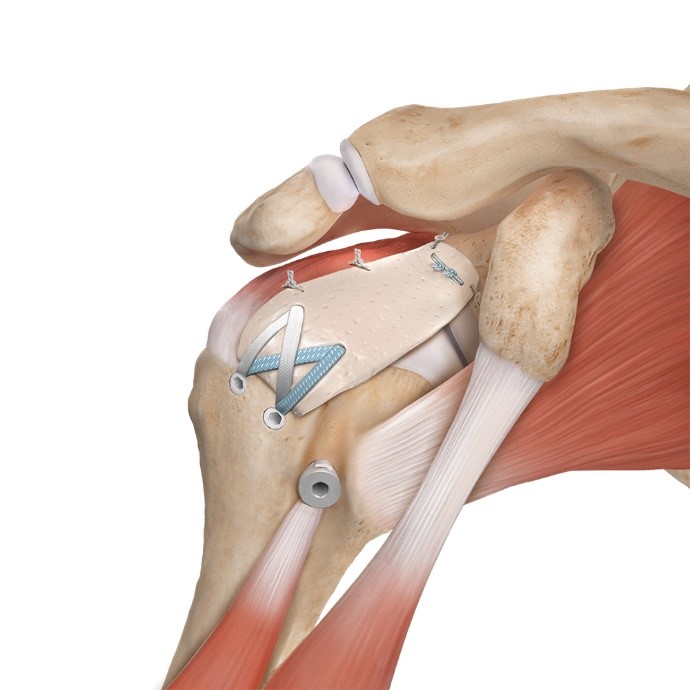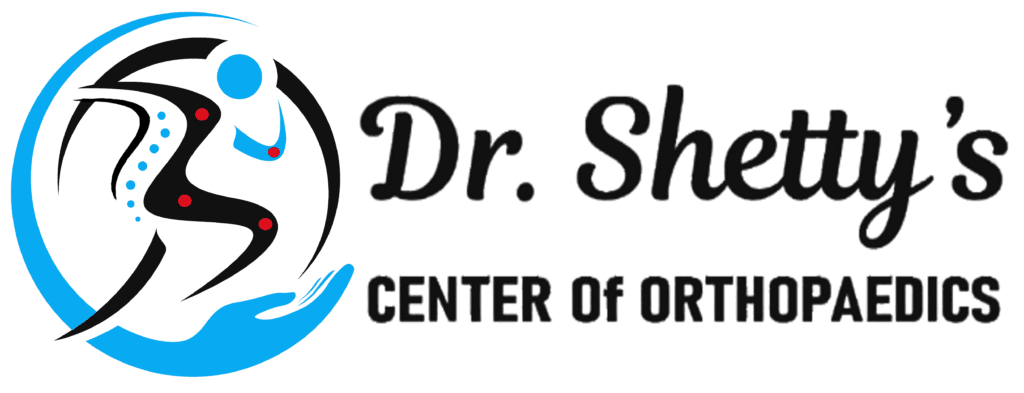Dr. Akshay Shetty Orthopaedics
Rotator Cuff Repair:
Rotator Cuff Repair in HSR layout, Bangalore
The rotator cuff is a group of muscles and tendons that surround the shoulder joint. The function is to keep the head of the upper arm bone( humerus) firmly within the shallow socket (glenoid) of the shoulder. This cuff of muscles helps in the rotation of the arm and movements of the arm to lift above the head. The rotator cuff attaches the humerus to the shoulder blade (scapula) and helps to lift and rotate your arm. A lubricating sac is called a bursa between the rotator cuff and the bone on top of your shoulder (the acromion). The bursa allows the rotator cuff tendons to glide freely when you move your arm. When the rotator cuff tendons are injured or damaged, this bursa can also become inflamed and painful.

- Subscapularis.
- Supraspinatus
- Infraspinatus.
- Teres minor
- Acute tear due to fall: An injury to the rotator cuff may occur suddenly when the patient falls on an outstretched hand or directly on the shoulder. This can be seen in slips and falls at home or in road traffic accidents.
- Repetitive Stress Injury: It may also develop over time due to repetitive activities. Repeating the same shoulder motions again and again can stress your rotator cuff muscles and tendons. Baseball, badminton, tennis, rowing, and weightlifting are examples of sports activities that can put you at risk of overusing tears. Many jobs and routine chores can cause overuse tears as well.
- Degeneration tear: the rotator cuff also grows old along with age. Degeneration occurs as we age. These weak tendons in old age can give away and tear even with very minimal force. Patients having trivial falls at home or in the washroom is the most common history given by patients.
- Bone spurs: As we age, bone spurs (bone overgrowth) often develop on the acromion bone’s underside. When we lift our arms, the spurs rub on the rotator cuff tendon. This condition is called shoulder impingement, and over time will weaken the tendon and make it more likely to tear.
- In acute tears after a fall or injury, patients may feel a snap or pop at the time of injury and immediate weakness to lift the arm.
- Inability or weakness to lift the shoulder to the full extent is the most common symptom of full-thickness tears. Patients have more weakness than pain in full-thickness tears.
- Partial-thickness tear patients present with severe pain while doing overhead activities along with weakness in doing routine chores.
Treatment –
Proper, effective, and timely treatment plays a major role here. When a partial tear is neglected for a long time and not addressed appropriately, there are high chances of it getting converted into a full-thickness one and requiring surgery. Hence, rotator cuff tears progress over time. Early treatment can prevent your symptoms from getting worse and will help you get back to your routine activities of daily living.
Neglected cases of rotator cuff tear end up with wear and tear of the shoulder joint (rotator cuff arthropathy). The rotator cuff cannot be repaired at this stage, and patients require joint replacement (reverse shoulder arthroplasty).
Your doctor will consider your age, activity level, general health, and the type of tear you have in planning your treatment.
Types of Treatment :
- Non-operative: Rest and Activity Modification: Limiting overhead activities and certain movements Non-steroidal anti-inflammatory medications help decrease inflammation and pain. Physiotherapy: Strengthening of the other muscles surrounding the shoulder, including the scapular muscles, plays a major role. Steroid injection into the joint; PRP injection
- Operative: Surgery to repair the rotator cuff involves reattaching the torn ends of tendons to the humerus head (arm bone) with the help of suture anchors (buttons with sutures) using a miniature camera (arthroscope). Neglected full-thickness tear with too much retraction and poor quality of tendon mandates Joint replacement (reverse shoulder arthroplasty) instead of repair.
Sports medicine & orthopedics specialist Dr. Akshay Shetty specializes in comprehensive rotator cuff treatment in HSR Layout, Koramangala, and BTM Layout. With a focus on personalized care and advanced surgical techniques, Dr. Akshay Shetty ensures optimal outcomes for patients, helping them regain function and alleviate pain.
